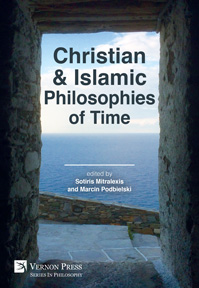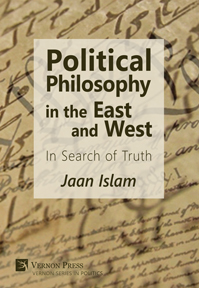The Book of Changes: A Modern Adaptation and Interpretation
by Paul G. Fendos (Minnesota State System)
Purchase this book
(click here to change currency)
“'All things change.' This statement reflects the Asian way of thinking and living, a way which sees the world not as static but dynamic, not as analytic but holistic, and not as absolute but relative.The author has devoted a great deal of time for understanding the 'Book of Changes' and interpreting its ideas from a modern perspective, fulfilling, in the process, the mission of creating a work that demonstrates integrity in scholarship and readability for the non-specialist."
Dr. Yang Lee, Professor Emeritus, Gyeongsang National University (South Korea); Senior Scientist, Haskins Laboratory, Yale University (USA)
The Book of Changes: A Modern Adaptation and Interpretation attempts to breathe new life into the Book of Changes by making it relevant to the present time and day. It does so by using archaeological evidence to trace the origins of the Book of Changes, starting with numeric trigrams and hexagrams, making its way up to early divination manuals, and ending with the oldest extant version of the Books of Changes—usually referred to as the ‘received version.’ It also explains the development of the Book of Changes from a divination manual into a philosophical text dealing with change. However, its main focus is on delineating sixty-four patterns of change in the Book of Changes, patterns based on novel metaphorical interpretations of the line texts in the Book of Changes that serve as the foundation for a new handbook on change.
Each metaphorical interpretation consists of 1) a hexagram and the Chinese character associated with it, 2) a ‘description’ of the hexagram, 3) the Chinese characters for the line texts, 4) translations of the line texts, 5) a general interpretation of the line texts based on those translations, 6) and some explanatory notes that attempt to clarify each interpretation. Translations and the interpretations based on those translations reference Traditional and Modernist understandings of the line text materials, ancient texts/dictionaries/lexicons from the period when the Book of Changes was compiled, and the ideas of the author as he works to create a new Chinese ‘philosophy of change,’ complete with examples of how it can be adapted in modern-day life.
The clear and concise general introduction to the Book of Changes that is incorporated into this work, the many interpretations of the line texts contained in it, and a popular philosophical content make this book a welcome addition to the field and will attract interested scholars and teachers, engage business people or those looking to better understand Chinese culture, and appeal to those focused on spirituality and holistic living.
Contents
Major Periods of Chinese History
Divisions of the Book of Changes
Hexagram Names
1. Introduction
2. Origins of the Book of Changes
Early Evidence on Divination and the Book of Changes
Compilation of the Book of Changes – The Short and Long
3. A Philosophy of Change
Naturalist Philosophy and the Correlative World View
Line Text Imagery, Metaphor, and Patterns of Change
4. The Hexagram Line Texts
5. Application and Explanation
6. Summary
Works Cited
Notes
Dr. Paul G. Fendos, Jr., received his Ph.D. in Chinese from the University of Wisconsin – Madison, where he completed his doctoral dissertation on the Book of Changes. He has almost twenty-five years of experience teaching Chinese Studies at the university and college level and has lived and taught some sixteen years in East Asia, including two stints in the People’s Republic of China on fellowships awarded by the United States Department of State. He presently teaches Chinese Studies at several colleges in the Minnesota State System.
Archetypal patterns, naturalist philosophy, correlative world view, imagery and metaphor, Yin/Yang, and Five Elements theory
See also
Bibliographic Information
Book Title
The Book of Changes: A Modern Adaptation and Interpretation
ISBN
978-1-62273-327-9
Edition
1st
Number of pages
290
Physical size
236mm x 160mm

![The Book of Changes: A Modern Adaptation and Interpretation [Hardback]](/file/5266/b156b231e20c6c9fcc6e46a2f61f368b/1515495314.jpg)







